Home>Gardening & Outdoor>Landscaping Ideas>What Grass To Plant In Sandy Soil
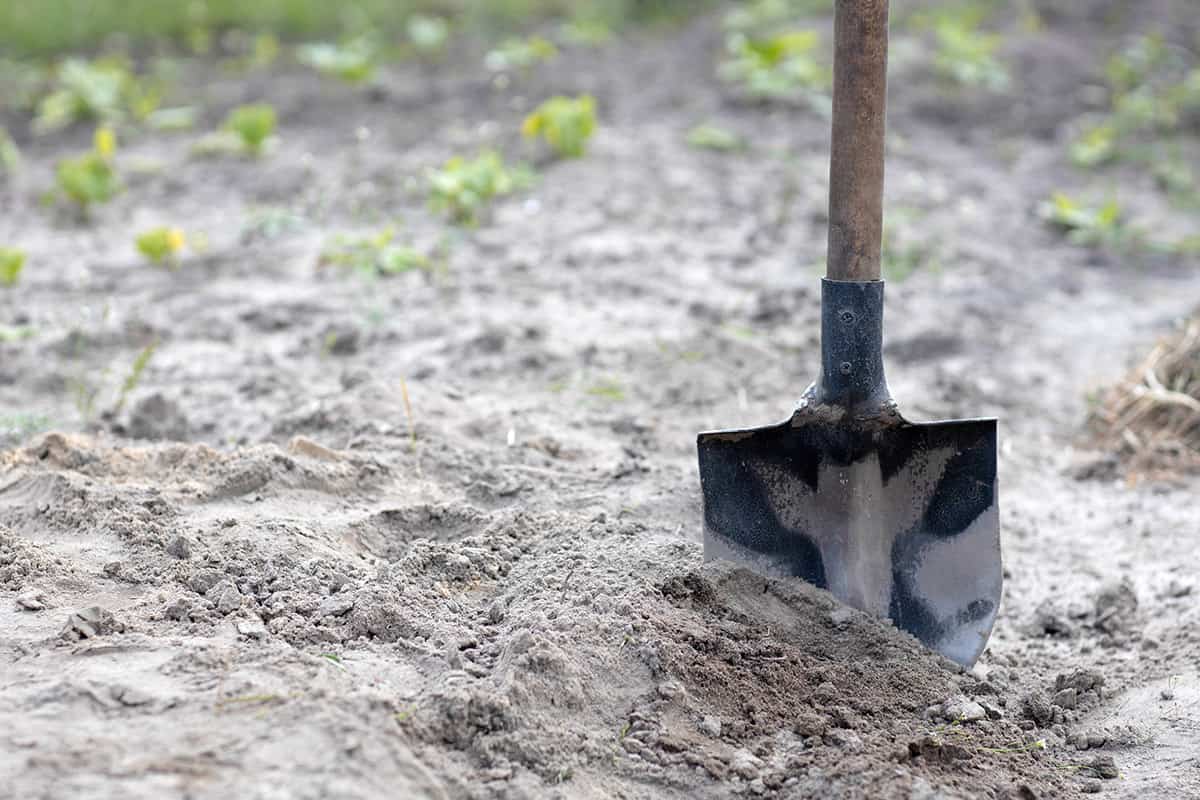

Landscaping Ideas
What Grass To Plant In Sandy Soil
Modified: August 17, 2024
Discover the best grass for sandy soil with our expert landscaping ideas. Create a lush and thriving lawn in sandy conditions.
(Many of the links in this article redirect to a specific reviewed product. Your purchase of these products through affiliate links helps to generate commission for Storables.com, at no extra cost. Learn more)
Introduction
When it comes to landscaping, the type of soil in your yard plays a crucial role in determining the success of your green endeavors. Sandy soil, known for its gritty texture and excellent drainage, presents both opportunities and challenges for growing grass. Whether you're a seasoned gardener or a novice enthusiast, understanding the unique characteristics of sandy soil and the best grass types suited for this environment is essential for achieving a lush and vibrant lawn.
In this comprehensive guide, we will delve into the world of sandy soil and explore the ideal grass varieties that thrive in this distinctive setting. From the resilient Bermuda grass to the luxurious Zoysia grass, we will uncover the top choices for transforming your sandy terrain into a verdant oasis. Additionally, we will provide valuable insights and practical tips for planting and maintaining grass in sandy soil, ensuring that your landscaping efforts yield enduring beauty and vitality.
So, if you're ready to embark on a journey to unlock the secrets of sandy soil and discover the perfect grass species for your lawn, join us as we delve into the fascinating realm of landscaping on sandy terrain. Let's explore the possibilities and unleash the potential of your sandy soil, creating a picturesque and inviting outdoor space that will be the envy of the neighborhood.
Key Takeaways:
- Grass like Bermuda, Zoysia, Centipede, and Bahia are perfect for sandy soil due to their ability to withstand drought, develop deep roots, and thrive in low-nutrient conditions. With the right care, you can create a lush lawn in sandy areas.
- To succeed in growing grass in sandy soil, it’s crucial to choose the right grass type, prepare the soil with organic matter, water deeply but infrequently, and monitor for stress and pests. With these steps, you can maintain a healthy and beautiful lawn.
Read more: How To Plant Grass In Sandy Soil
Understanding Sandy Soil
Sandy soil is characterized by its gritty texture and excellent drainage properties. It is composed of large particles with plenty of air spaces, which allow water to pass through rapidly. This fast drainage can be both a blessing and a curse for gardeners and landscapers. On one hand, it prevents waterlogging and makes sandy soil easy to work with, especially during wet seasons. On the other hand, the rapid drainage can lead to challenges such as nutrient leaching and water retention issues.
One of the key characteristics of sandy soil is its low nutrient and water retention capacity. The large particles in sandy soil do not hold onto nutrients well, making it necessary to supplement the soil with fertilizers and organic matter to support plant growth. Additionally, the rapid drainage can result in water evaporating quickly, leaving the soil dry and potentially stressing plants during hot and dry periods.
Despite these challenges, sandy soil offers some advantages. Its loose structure allows for easy root penetration and development, making it suitable for certain types of plants, including specific grass species. Understanding the unique properties of sandy soil is crucial for selecting the right grass varieties that can thrive in this environment.
In the next sections, we will explore the characteristics of grass that are well-suited for sandy soil and identify the best types of grass to plant in this distinctive terrain. By gaining a deeper understanding of sandy soil and its interaction with grass species, you will be better equipped to create a flourishing lawn that enhances the beauty of your outdoor space.
Characteristics of Grass Suitable for Sandy Soil
Grass species that thrive in sandy soil possess specific characteristics that enable them to adapt and flourish in this unique environment. When selecting grass for sandy soil, it's essential to consider traits such as drought tolerance, deep root systems, and the ability to withstand nutrient-poor conditions. Understanding these key characteristics will guide you in choosing the most suitable grass varieties for your sandy terrain.
Drought Tolerance:
Grasses that are well-suited for sandy soil exhibit exceptional drought tolerance. They have the ability to withstand extended periods of dryness, making them resilient in environments where water may be scarce. This characteristic is particularly important in sandy soil, where the rapid drainage can lead to reduced water retention. Drought-tolerant grasses can thrive in sandy soil without succumbing to the challenges of low moisture levels, ensuring that your lawn remains verdant and healthy even during dry spells.
Deep Root Systems:
The best grasses for sandy soil develop deep root systems that enable them to access water and nutrients from lower soil layers. These extensive root networks allow the grass to establish a strong foundation, anchoring it securely in the loose sandy soil. By reaching deeper into the ground, these grasses can tap into water sources that may be beyond the reach of shallow-rooted plants, enhancing their ability to withstand the fast-draining nature of sandy soil.
Nutrient Efficiency:
Grass species suitable for sandy soil demonstrate a remarkable ability to thrive in nutrient-poor conditions. They can efficiently utilize available nutrients, ensuring optimal growth and vitality even in soils with low nutrient content. This characteristic is essential for sustaining healthy grass growth in sandy soil, where the leaching of nutrients due to rapid drainage can pose challenges. By selecting grass varieties that are adept at nutrient utilization, you can promote lush and resilient turf in your sandy landscape.
Tolerance to Sandy Conditions:
Certain grass species have evolved to thrive specifically in sandy environments. These grasses exhibit a natural tolerance to the unique challenges posed by sandy soil, including its gritty texture, rapid drainage, and low nutrient retention. By selecting grass varieties that are inherently adapted to sandy conditions, you can harness their innate resilience to create a thriving lawn that complements the natural characteristics of your sandy terrain.
Understanding these key characteristics of grass suitable for sandy soil is essential for making informed decisions when choosing the best grass varieties for your landscaping endeavors. By prioritizing traits such as drought tolerance, deep root systems, nutrient efficiency, and natural tolerance to sandy conditions, you can select grass species that are well-equipped to thrive in your sandy soil, ensuring a vibrant and enduring lawn that enhances the beauty of your outdoor space.
Best Types of Grass to Plant in Sandy Soil
When it comes to selecting the best types of grass for sandy soil, several resilient and adaptable varieties stand out as top choices for creating a lush and vibrant lawn. These grass species have demonstrated exceptional performance in sandy environments, showcasing traits such as drought tolerance, deep root systems, and nutrient efficiency. By carefully considering the unique characteristics of each grass type, you can make an informed decision that aligns with the specific needs of your sandy terrain.
Bermuda Grass
Bermuda grass is renowned for its exceptional resilience and adaptability, making it a top contender for sandy soil. This warm-season grass thrives in full sun and exhibits remarkable drought tolerance, allowing it to withstand the low moisture levels often associated with sandy soil. With its rapid growth and vigorous spreading habit, Bermuda grass can quickly establish a dense and verdant turf, transforming sandy landscapes into inviting green spaces. Its deep root system enables it to access water and nutrients from the lower layers of sandy soil, contributing to its enduring vitality.
Read more: What Grass Grows In Sandy Soil
Zoysia Grass
Zoysia grass stands out as an excellent choice for sandy soil due to its remarkable ability to thrive in diverse environmental conditions. This warm-season grass combines drought tolerance with a dense growth habit, creating a resilient and visually appealing lawn in sandy terrain. Zoysia grass forms a lush carpet of fine-textured blades, enhancing the aesthetic appeal of outdoor spaces while withstanding the challenges of nutrient-poor sandy soil. Its adaptability to varying soil types and its capacity to withstand foot traffic make Zoysia grass a versatile and enduring option for sandy landscapes.
Centipede Grass
Centipede grass is well-suited for sandy soil, offering a low-maintenance and visually pleasing lawn solution. This warm-season grass exhibits exceptional drought tolerance and thrives in acidic soils, making it an ideal choice for sandy terrains with low nutrient retention. Centipede grass forms a dense and weed-resistant turf, requiring minimal fertilization and mowing, which is advantageous for maintaining sandy landscapes. Its ability to thrive in full sun and its natural resistance to certain pests and diseases further contribute to its appeal as a top grass variety for sandy soil.
Bahia Grass
Bahia grass is a resilient warm-season grass that excels in sandy soil, showcasing impressive drought tolerance and adaptability. This hardy grass variety forms a coarse-textured turf that can withstand the challenges of sandy terrain while requiring minimal maintenance. Bahia grass thrives in full sun and exhibits a deep root system, enabling it to access water and nutrients from the loose structure of sandy soil. Its ability to establish a hardy and enduring lawn makes Bahia grass a compelling choice for landscaping projects in sandy environments.
By considering the unique characteristics and benefits of Bermuda grass, Zoysia grass, Centipede grass, and Bahia grass, you can make an informed decision when selecting the best grass type for your sandy soil. These resilient and adaptable grass varieties have proven their ability to thrive in sandy environments, offering enduring beauty and vitality that enhance the natural charm of sandy landscapes.
Tips for Planting and Maintaining Grass in Sandy Soil
Planting and maintaining grass in sandy soil requires careful attention to key considerations that can optimize the growth and resilience of your lawn. By implementing the following tips, you can establish a thriving grass landscape in sandy terrain while ensuring its long-term health and vitality.
Read more: How To Grow Grass In Sandy Florida Soil
1. Soil Preparation:
Before planting grass in sandy soil, it is essential to prepare the ground to create an optimal growing environment. Incorporating organic matter such as compost or well-rotted manure into the soil can improve its nutrient content and water retention capacity. This amendment enhances the soil structure, providing a more favorable foundation for grass establishment and growth.
2. Selecting the Right Grass Variety:
Choosing grass species that are well-suited for sandy soil is crucial for achieving successful results. Consider the specific characteristics of each grass variety, including drought tolerance, deep root systems, and nutrient efficiency. Selecting the appropriate grass type based on your local climate and soil conditions can significantly impact the resilience and longevity of your lawn.
3. Proper Watering Techniques:
Establishing a consistent watering schedule is essential for promoting healthy grass growth in sandy soil. While sandy soil drains quickly, it is important to ensure that the grass receives an adequate amount of water. Deep, infrequent watering encourages the development of deep root systems, enhancing the grass's ability to access moisture from lower soil layers and withstand dry periods.
4. Fertilization and Nutrient Management:
Regular fertilization is essential for replenishing nutrients in sandy soil and supporting robust grass growth. Selecting a balanced fertilizer and following recommended application rates can help maintain the nutrient levels necessary for vibrant and resilient turf. Additionally, incorporating slow-release fertilizers can provide a steady supply of nutrients over an extended period, promoting sustained grass health.
Read more: What Is The Best Grass Seed For Sandy Soil
5. Mulching and Organic Amendments:
Applying a layer of organic mulch, such as shredded leaves or grass clippings, can help improve water retention and nutrient availability in sandy soil. Mulching also aids in regulating soil temperature and reducing moisture evaporation, contributing to a more favorable growing environment for grass. Furthermore, periodic topdressing with organic amendments can enrich the soil, supporting the long-term vitality of the lawn.
6. Monitoring and Maintenance:
Regular monitoring of the grass for signs of stress, pest infestations, or nutrient deficiencies is essential for proactive maintenance. Adjusting watering schedules, addressing weed growth, and promptly addressing any issues that arise can help sustain the health and appearance of the lawn. Additionally, routine mowing at the appropriate height for the selected grass variety promotes dense growth and contributes to a well-manicured lawn.
By implementing these tips for planting and maintaining grass in sandy soil, you can cultivate a resilient and visually appealing lawn that thrives in this unique environment. With careful attention to soil preparation, grass selection, watering techniques, fertilization, organic amendments, and proactive maintenance, you can create a vibrant and enduring landscape that enhances the natural beauty of your sandy terrain.
Conclusion
In conclusion, landscaping on sandy soil presents both challenges and opportunities for creating a lush and vibrant lawn. By understanding the unique characteristics of sandy soil and selecting the best grass varieties suited for this environment, homeowners and landscapers can transform their sandy terrain into an inviting outdoor oasis. The resilience and adaptability of grass species such as Bermuda grass, Zoysia grass, Centipede grass, and Bahia grass make them ideal choices for thriving in sandy soil, offering enduring beauty and vitality that enhance the natural charm of sandy landscapes.
When embarking on a landscaping project in sandy soil, it is crucial to consider the specific traits of grass suitable for this environment, including drought tolerance, deep root systems, and nutrient efficiency. By prioritizing these characteristics, individuals can make informed decisions when selecting the best grass types for their sandy terrain, ensuring long-term success and visual appeal.
Furthermore, implementing proper soil preparation, watering techniques, fertilization, and proactive maintenance is essential for establishing and maintaining a healthy grass landscape in sandy soil. By incorporating organic matter, selecting the right grass variety, and adhering to effective watering and fertilization practices, homeowners can create a resilient and visually appealing lawn that thrives in this unique environment.
Ultimately, the successful cultivation of grass in sandy soil requires a combination of knowledge, careful planning, and ongoing maintenance. By embracing the inherent qualities of sandy soil and harnessing the resilience of suitable grass species, individuals can create a picturesque and enduring outdoor space that reflects the beauty of nature. With the right approach and a deep understanding of the interplay between sandy soil and grass, homeowners can achieve a thriving lawn that enriches their outdoor living experience and captivates the admiration of all who encounter it.
Frequently Asked Questions about What Grass To Plant In Sandy Soil
Was this page helpful?
At Storables.com, we guarantee accurate and reliable information. Our content, validated by Expert Board Contributors, is crafted following stringent Editorial Policies. We're committed to providing you with well-researched, expert-backed insights for all your informational needs.
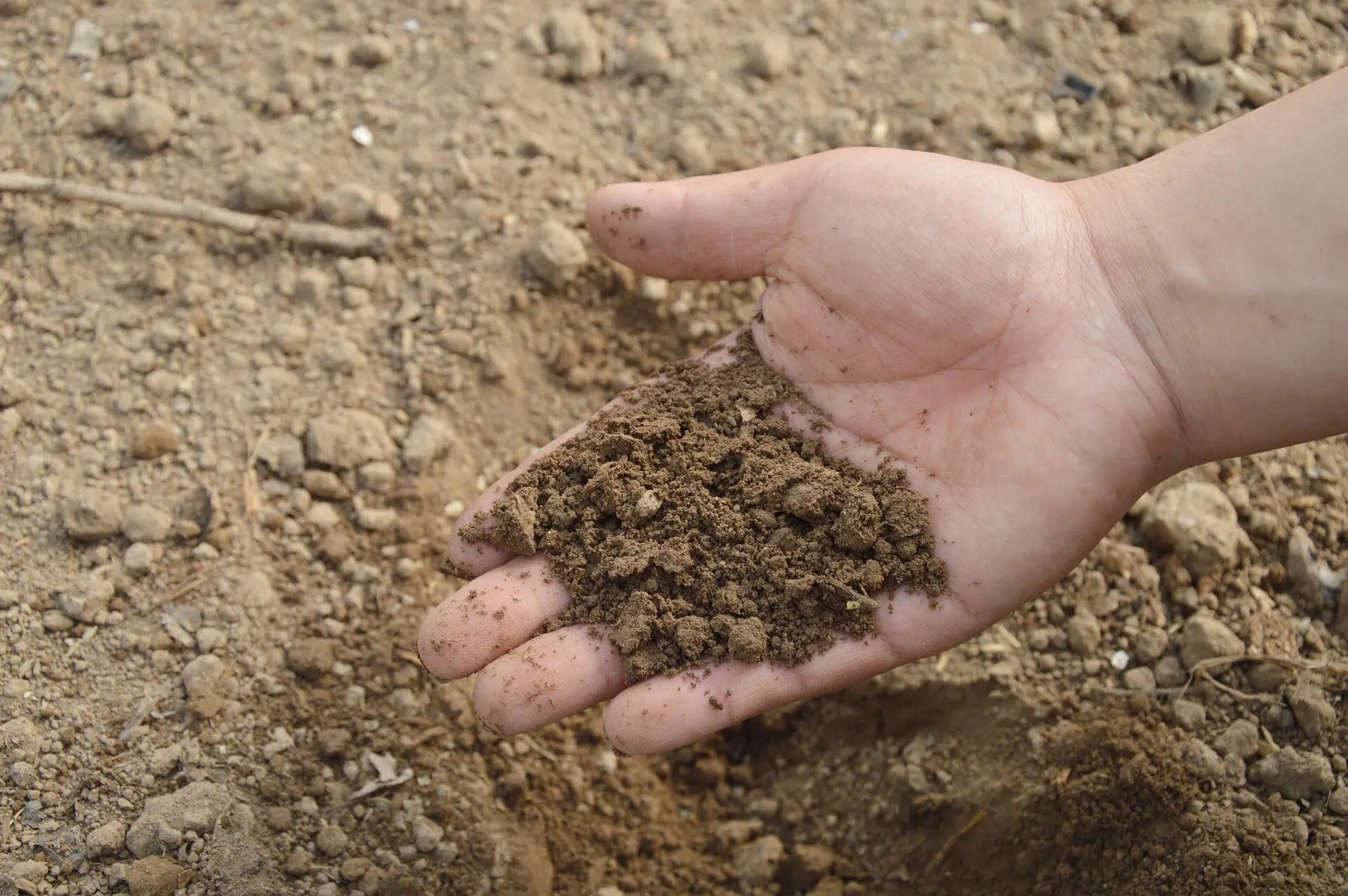
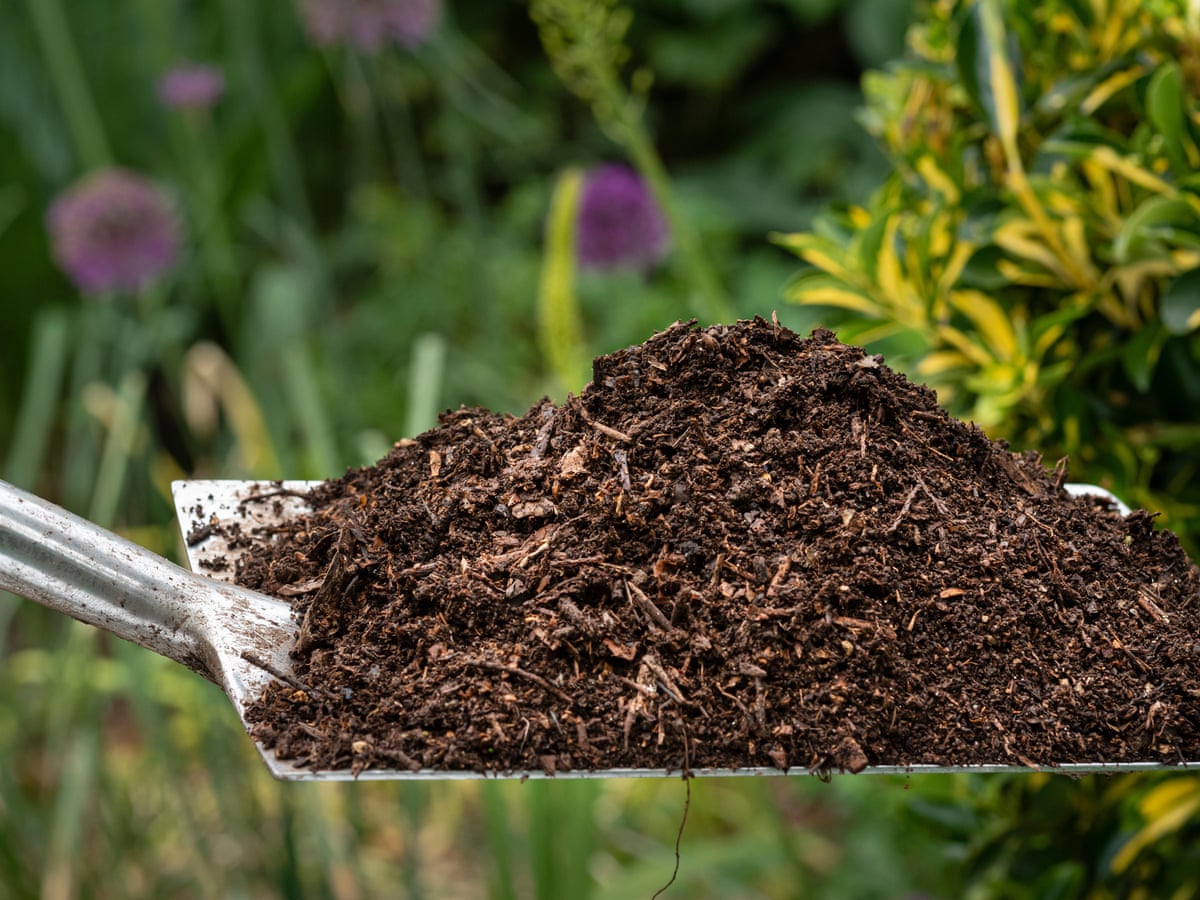
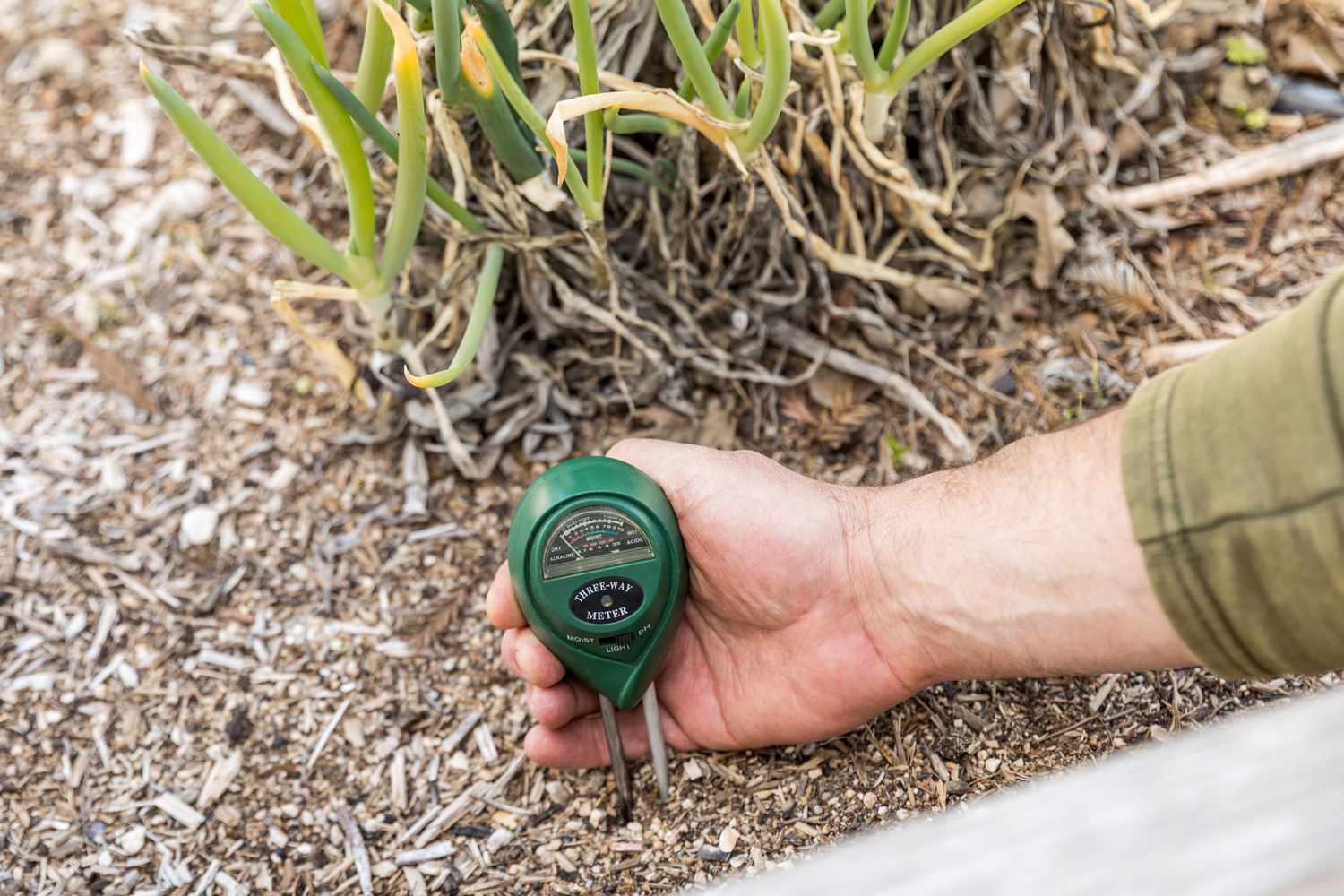
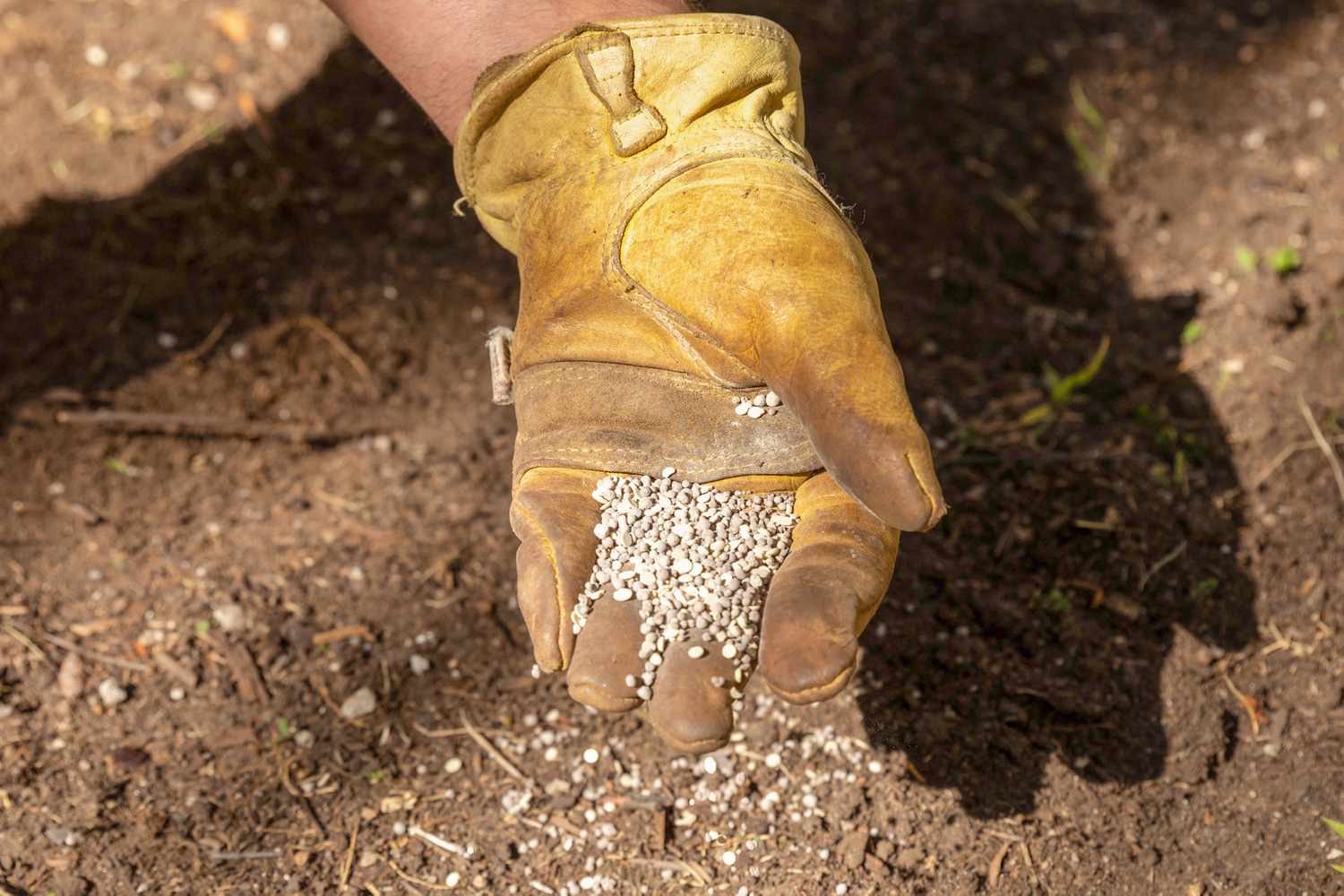
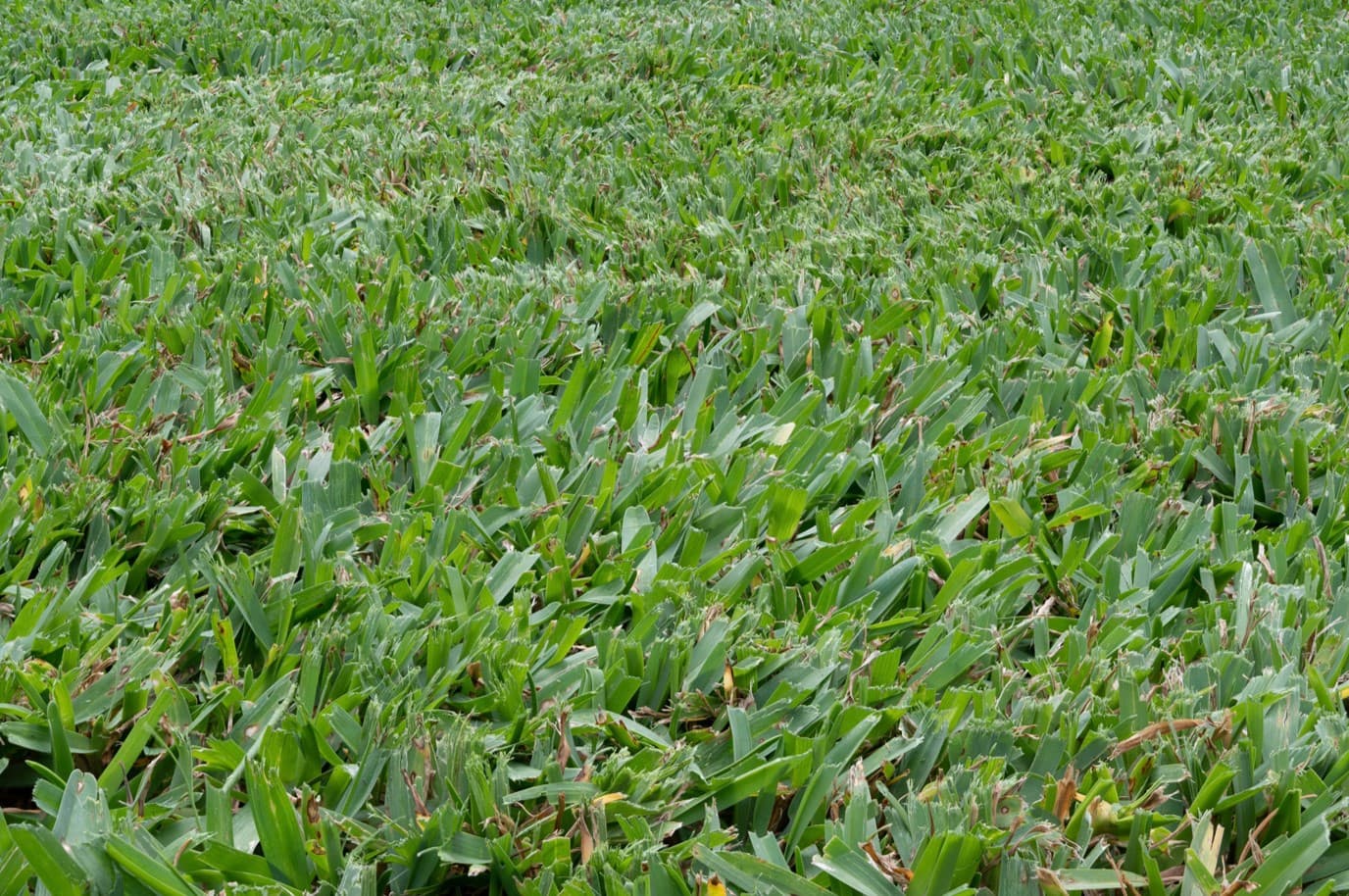



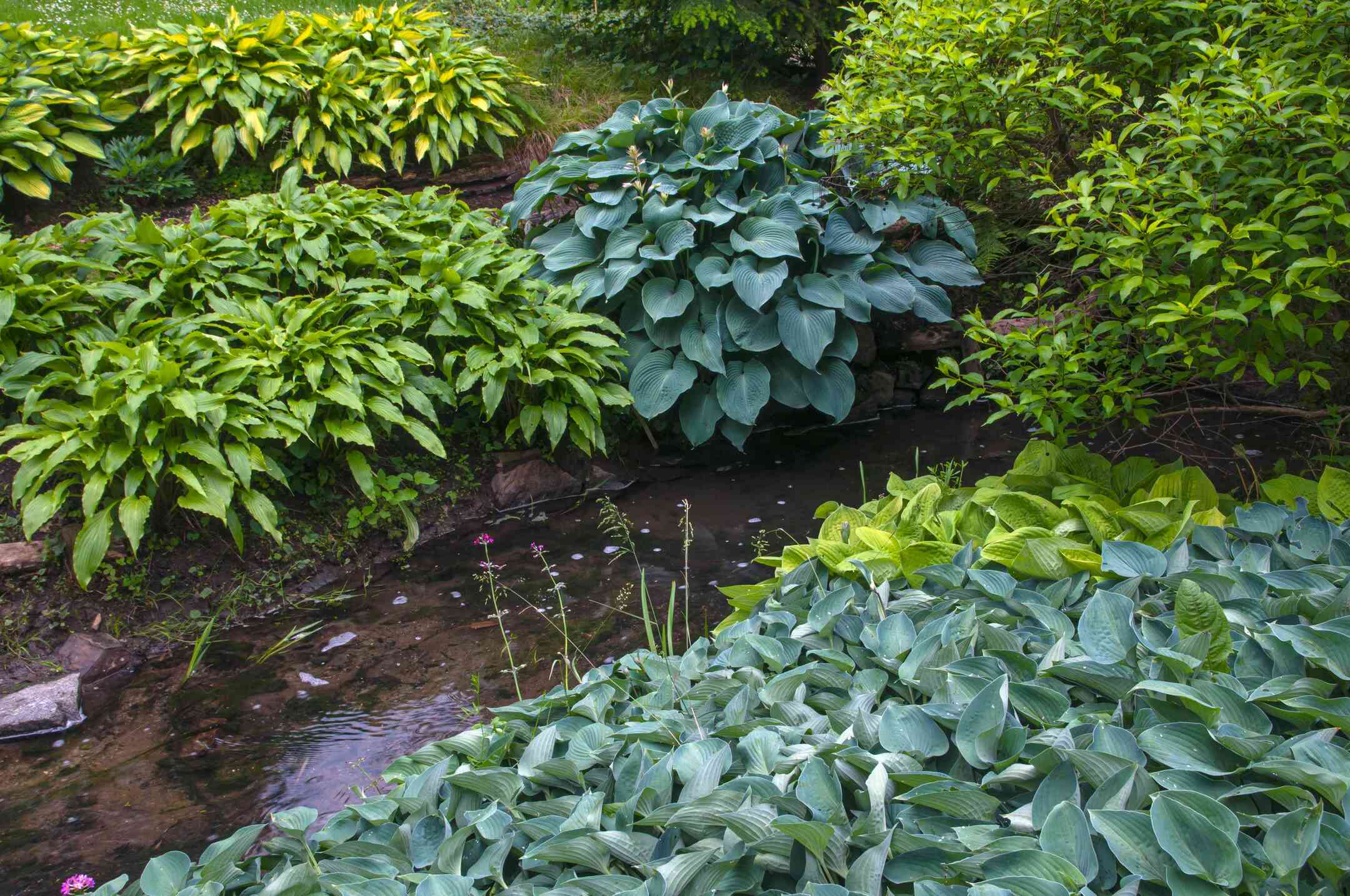

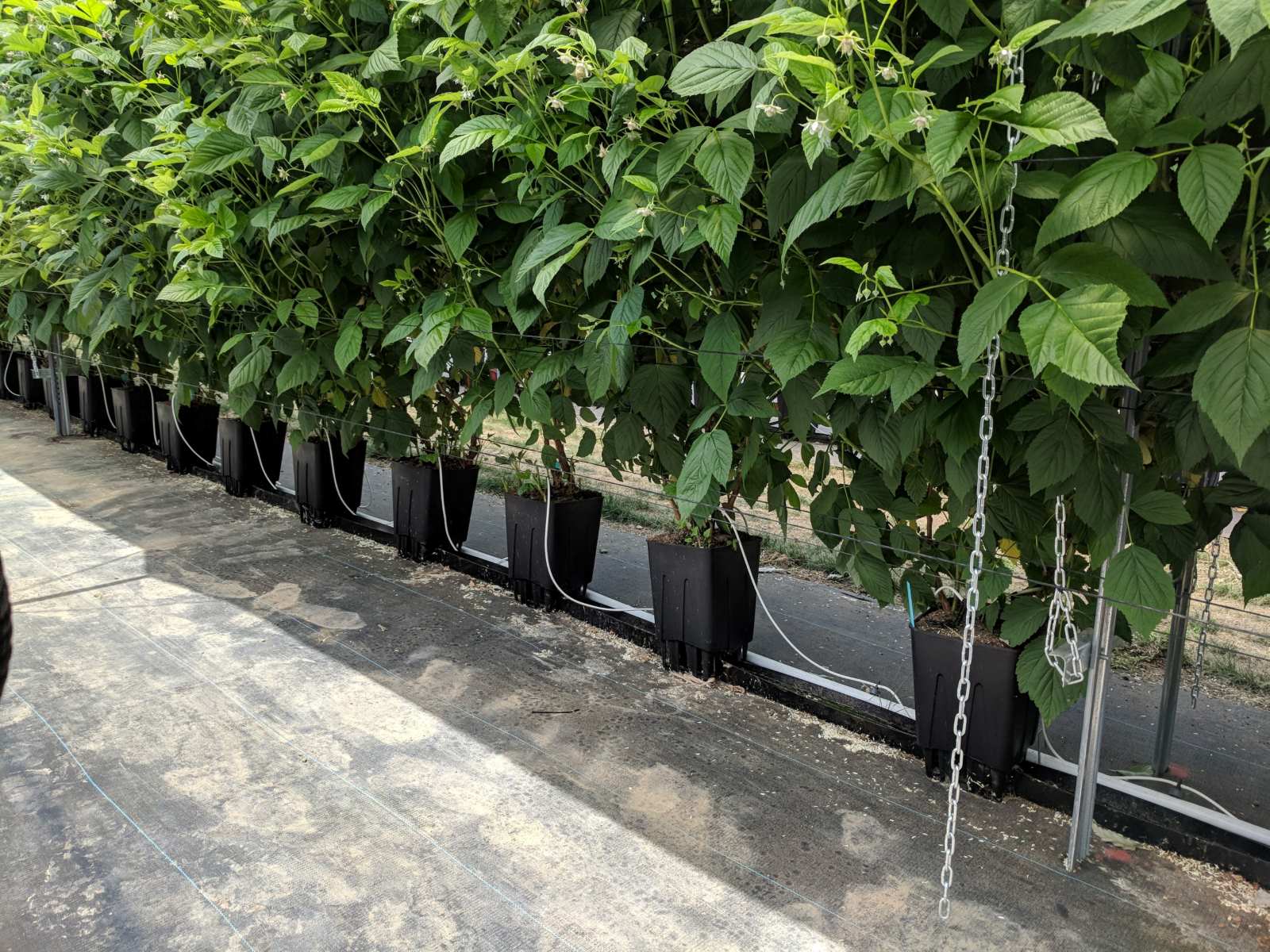
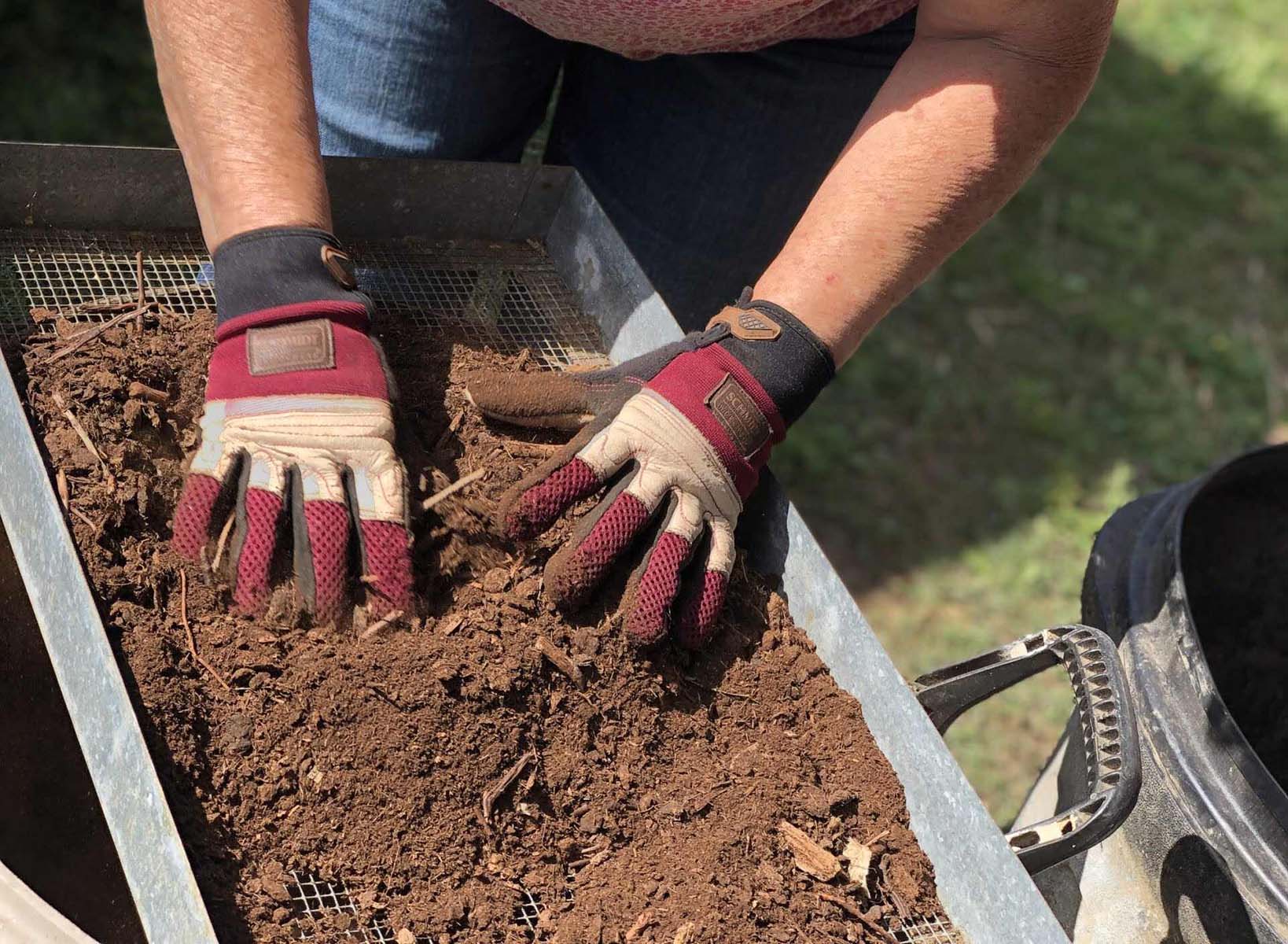

0 thoughts on “What Grass To Plant In Sandy Soil”